
Dec.23
Kumejima, the Discreet Island by Pen
Dec.23
Despite being far less visited than the other islands of Okinawa, Kumejima offers natural treasures and invaluable craftsmanship. When travellers think about the island of Okinawa, it’s the eponymous island that comes to mind first, or the traditional Taketomi. Kumejima, however, which covers an area of 59 km2 and has 8000 residents, has its fair share…
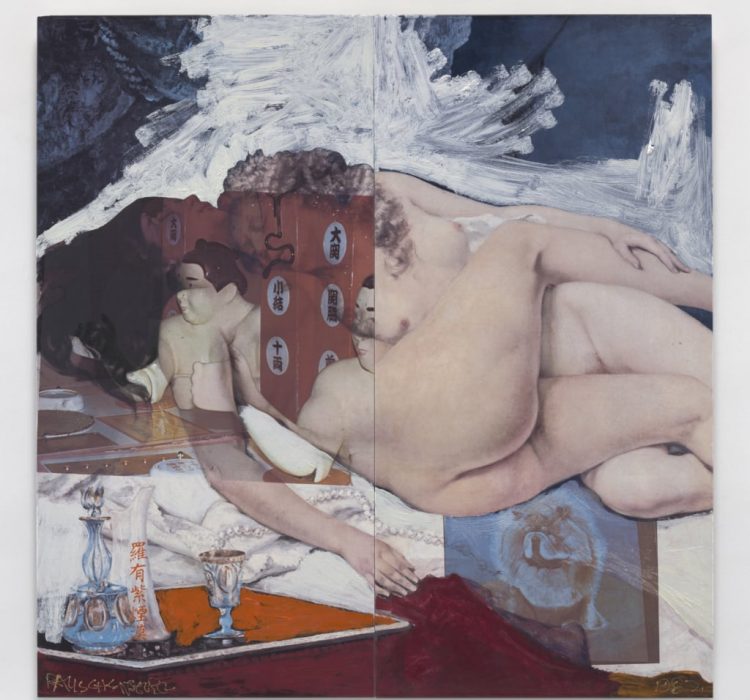
Nov.20
Robert Rauschenberg and Japan, a Tale of Collaboration by Pen
Nov.20
In the early 1980s, the American contemporary artist discovered the potential Japanese ceramics had to offer in Shigaraki. An iconic figure in contemporary American art, Robert Rauschenberg (1925-2008) bridged the gap between abstract expressionism and pop art in the 1950s, while refusing to be affiliated with one particular movement. Bringing together materials, symbols, cultures and…

Nov.13
Reiko Sudo’s Textile Revolution by Pen
Nov.13
This textile design company that calls upon the skills of traditional weavers and dyers is now being celebrated in a book of photographs. Published in 2021, the book Nuno, Visionary Japanese Textiles showcases over 300 creations from the company Nuno (‘textiles’ in Japanese). Founded in 1984 by designers Junichi Arai and Reiko Sudo, it built up a…
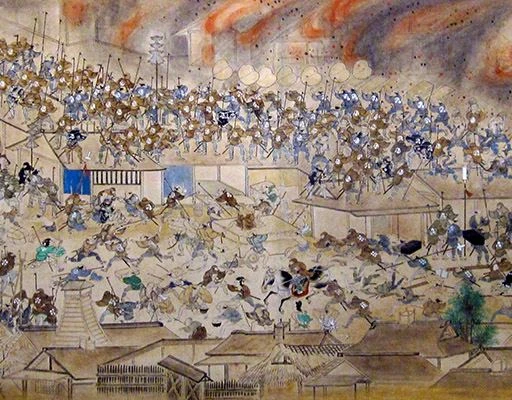
Nov.11
Chasing Paradise: Life After the Fire by MutualArt
Nov.11
Ukiyo-e gradually became the dominant Japanese art form following a devastating fire that was also the birth of Tokyo. The West underwent a similar transformation almost simultaneously According to legend, sometime during the first half of the fifteenth century in Edo, Japan, a young girl came into possession of a kimono. This would not be…

Sept.22
Ikebana: Natural Harmony on Mazda Stories by Steve Beimel
Sept.22
She is Mazda Colour and Trim Designer Mai Utagawa. He is ikebana artist Mario Hirama. In a perfectly proportioned, uncluttered corner room in a post-and-beam house built with wood joinery in the hills of Kobe, Japan, the two have come together to explore the concept of space as they create an ikebana flower arrangement. Soft…

Aug.31
Honma Hideaki Show at Tai Modern Gallery in Santa Fe
Aug.31
This solo exhibition commemorates Honma Hideaki’s 35th year as an artist. Born in 1959, Honma is his generation’s leading sculptor in bamboo art. Honma Hideaki’s uncle, the pioneering bamboo artist Honma Kazuaki, had no children, so he adopted Hideaki (who loved to draw and work with his hands) as his son, student, and heir to the family’s…

Aug.23
The Making of a Japanese Candle
Aug.23
candle haze warosoku wax
Japanese candles are not made of beeswax or paraffin like Western candles; they are made from a unique fat pressed from the seeds of a tree that today is grown mainly in Kyushu and on Shikoku. Japanese candles — called warōsoku —are different in almost every way, including how the wick is constructed and how…
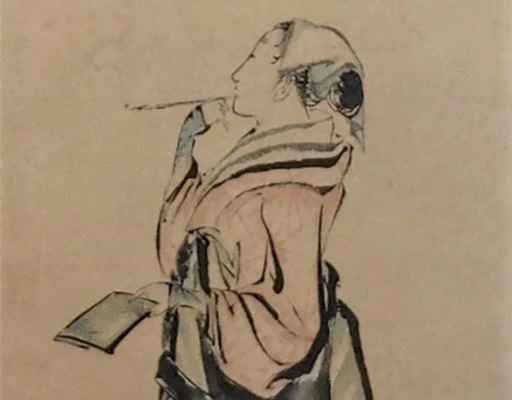
Aug.12
Homeward Bound: Ukiyo-e, Japonisme, and Cultural Integration by MutualArt
Aug.12
The West was quick to integrate Japanese techniques into its culture, adapting it to its own worldview, while the Japanese are still reserved about integrating the West unquestioningly. “Homeward bound! / Beneath the light of the moon / the Ohara maidens / rest their heavy burden / in the shade of flowers.” This is the…
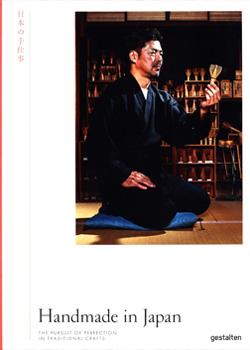
Aug.06
Handmade in Japan by Irwin Wong (reviewed by The Japan Society)
Aug.06
If like me you have an appetite for exploring all things related to Japanese design and crafts, Irwin Wong’s introduction to Handmade in Japan will surely prompt you to investigate further. Wong is a well-known commercial photographer based in Tokyo, so on the book’s announcement I knew it would be filled with evocative images of Japan and…
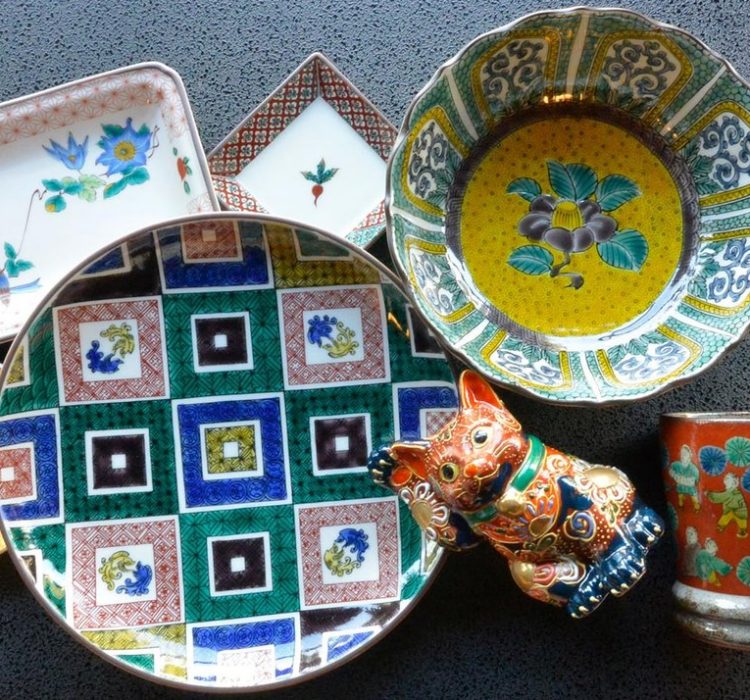
July.30
10 Things to Know about Kutaniyaki Japanese Ceramics by Japan Objects
July.30
Japanese ceramics are highly sought-after by pottery lovers everywhere. One of the many reasons for their enduring popularity is the sheer variety of ceramic art in Japan, with almost every region producing their own specialized works (see our A-Z guide for more). Kutaniware, or kutaniyaki, is one of the most fascinating. What’s so special about…










